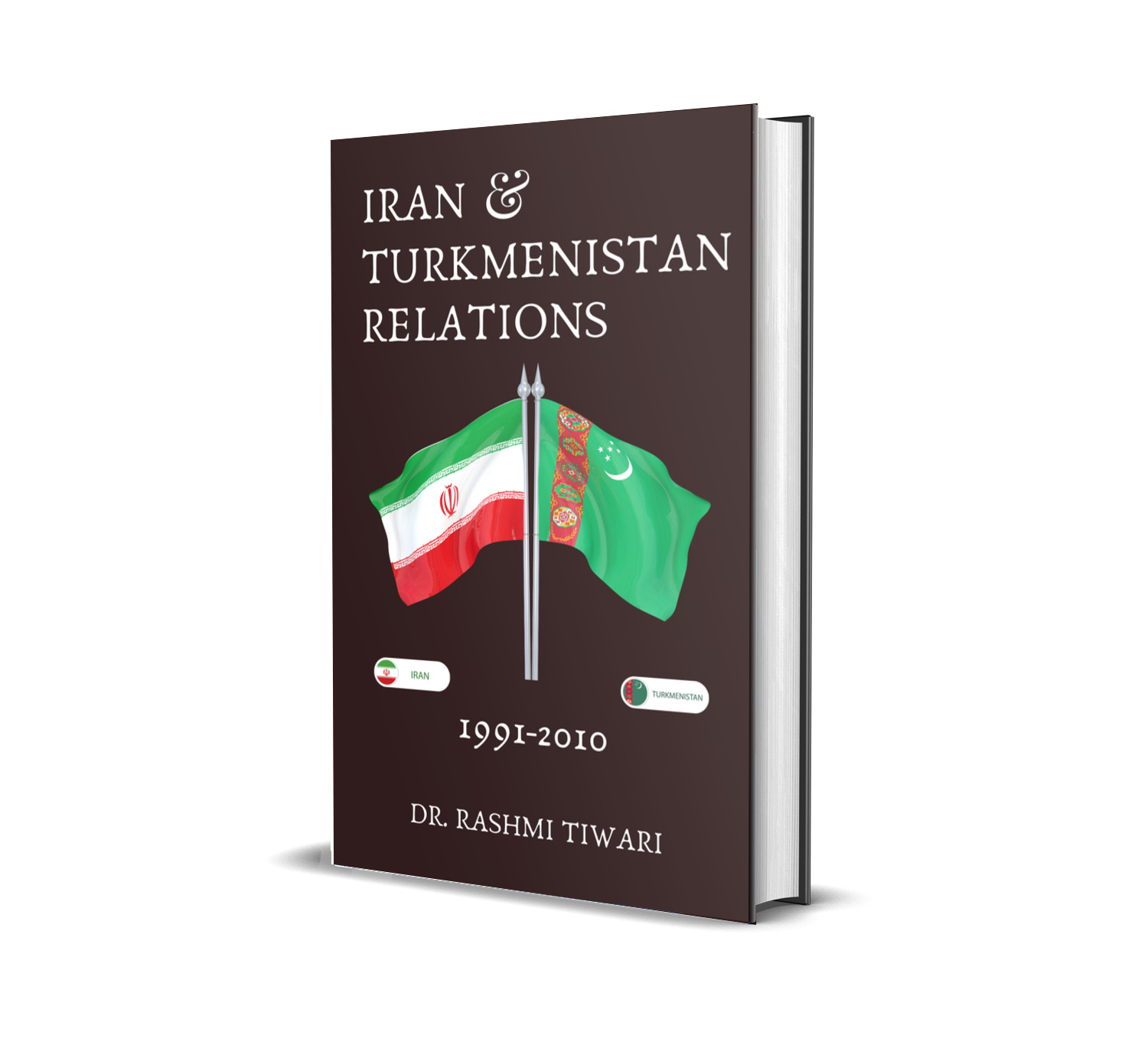Description
Cordial relations with neighboring countries are important to any country and are considered a strategic policy in international arena. Any country, as a member of the international community, has common land or sea borders with other countries and, of course, no country actually chooses its neighbors. As a result, it is situated in unwanted surroundings in which it cannot eliminate neighboring states. Therefore, it has to engage in suitable and constructive interaction with its neighbors. Of course, it should be noted that having good and constructive relations with neighbors is a strategic element of foreign policies of all countries. Those neighbors can potentially offer opportunities or pose threats to any given country. Moreover, diplomatic relations between countries are divided in two totally different types. The first type of relationship is a one-sided relationship in which priority is given to the interests of a powerful and hegemonic country. On the other side, the interests of the other country which is under domination of the powerful one are not usually met. This kind of relation is usually unstable and as the power of the dominated country increases, the relations do not continue in the past form and may even be severed. The second type of relations is a bilateral one in which equal attention is paid to the interests of both countries. Of course, the benefits of two countries may not be really equal in such a relationship, but relations are generally to the benefit of both sides and are usually more lasting and sustainable than the first type.
It should be noted that no country restricts its diplomacy to establishment of relations with neighboring countries alone. In addition to neighbors, it will also establish relations with other countries which sway influence in international arena. Foreign policy of every country revolves around two main pivots. The first pivot is having good relations with the neighboring countries with the second one being establishment of cordial ties with powerful and influential international players or those which can help the country meet its national interests. Focus on one of these groups will never obviate the need for a country’s foreign policy to pay due attention to the other group.
Iran has shared more common grounds with the Middle Eastern and Persian Gulf countries and, therefore, relations with those countries have been important to Iran and a matter of high attention. Here, we will focus on Iran’s foreign policy approaches toward its northern neighbors. Iran’s relations with its northern neighbors including Turkmenistan, Azerbaijan and Armenia have been of the second type. This means that Iran’s relations with these countries have been two-way. In this type of relationship, common interests should be defined first before relations can be formed around them so that both countries will be benefited by these relations and mutual benefit will help relations to be sustained. This is a general picture of diplomatic relations between Iran and these countries
Central Asian Republics emerged as self-governing sovereign countries in December, 1991 as a consequence of Soviet dissolution. Central Asia lies at the heart of Eurasian continent and utterly land-locked and geographically encircled by Russia (in the north), the Eastern Europe (in the west), Turkey, Iran, Afghanistan (in the south) and China (in the east). Any power which has a foothold or deep influence in Central Asia can have close watch to the important neighboring areas. Therefore, the region bears great geo-strategic importance. Its geo-economic importance is mainly because of the presence of vast oil and natural gas resources.
Iran perceives the Central Asian region as an arena for reducing its own isolation. Hoping to make itself an attractive partner to these states, Iran has been cautious in supporting radical Islamic opposition movements in the region. Several Central Asian States (CAS), are proceeding with or contemplating energy projects that transit Iran.
Prior to the disintegration of Soviet Union, the Caspian Sea was under the combined ownership of Soviet Union and Iran but the emergence of three new states, Azerbaijan, Turkmenistan and Kazakhstan bordering the Caspian Sea has made the situation complex. The exclusive rights of Russia and Iran have come to be challenged. The largest oil and gas reserves are situated within the territory of these three former Soviet Republics.
Iran and Turkmenistan enjoy a common cosmology and mythology through the concept of “Turan-o-Iran” a traditional mode of spatial sub division. Actually, Turan is a Persian term to designate north eastern Iran. The Iranian and Turkmen people share a great deal of traditions like the Navruz. Availability of ethnic minorities on both of the border is one of the factors facilitating close contacts between Turkmenistan and Iran. Iran has gained invaluable geopolitical advantages that may lead it to increase in its power as major player in the Turkmenistan region in the near future.
Iran shares a common border with Turkmenistan. The Caspian dimension is also an important factor of the relations between Iran and Turkmenistan . They have a lengthy border; they share historic, religious, and civilization commonalty stretching back for centuries. Advancing relations with Turkmenistan, Iran is being quite pragmatic. It is after strengthening of its positions in the region and benefiting from availability of hydrocarbons in the neighboring countries and from its convenient geopolitical site at the crossroads of transit ways. Turkmen population of the northern provinces of Iran is a factor that facilitates neighborly relations.
Geographically Iran and Turkmenistan play a vital role in linking Caspian Sea to the Persian Gulf. It is the only country, which has access to Persian Gulf and Arabian Sea ports since the mid 1990s. Turkmenistan is also aware about Iran which has a very sensitive political relationship with the West, more particularly with the United States, which has alleged that Iran provides extensive support to terrorist groups. There is also a dispute about its nuclear program, which allegedly violates the terms of Non-Proliferation Treaty. Despite several difficulties and hurdles, Turkmenistan also sees the Iranian policy in relation to this region has proved durable. In the first place, Iranian policy has vastly improved its relations with Russia, despite the potential contradictions in the Iranian and Russian policy towards Central Asia and the Caspian region. Both countries have evolved a strategic partnership with significant military and nuclear components. Secondly, they share increasing aspiration to influence the development of oil and gas resources in the Caspian Sea.
Iran has signed agreements with Turkmenistan, Russia, Ukraine, and China and trying to develop relations with Iran in this respect. However, due to the limited capacity of gas pipelines and the lack of any alternative export routes for natural gas, Turkmenistan requires to develop socio-economic and political relations with Iran. Iran sees Turkmenistan as transit route to rest of the Central Asian region. The construction of a 200 kilometer pipeline between the Turkmenistan town of Korpedzhe and Kord-Kuy in Iran assured the export of 8 billion cubic meters of gas each year into Iran’s network. With Iranian financing, this pipeline is expected to become part of a larger system for exporting Turkmen gas to Turkey. The steady improvement of Turkmenistan’s relations with Iran in the sphere of gas transport was symbolized by the joint decision in the summer of 2006 to increase Turkmenistan’s annual export to the Iranian grid to 14 billion cubic meters.
As we know that Turkmen population of the northern provinces of Iran is also an important factor that facilitates neighborly socio-economic and political relations between Turkmenistan and Iran. The attraction both countries experience towards each other stems from the lack of choice, which is a distinct feature of the Iranian and Turkmen relations. Both countries are having active bilateral contacts because they have a lengthy border, they share historic, religious, and civilizational commonalty stretching back to centuries.Iran and Turkmenistan have interest to develop their relations for three reasons-firstly, to build ties with the neighbouring states for social, economic and political reasons in order to leave the area free for its rivals. Secondly, to break its isolation from the Gulf and the Near Eastern areas and thirdly, to become active in their region by launching its foreign policy and by reinvigorating its regional diplomacy. To achieve these objectives Turkmenistan and Iran have been intensely active in their bilateral relations.







Reviews
There are no reviews yet.